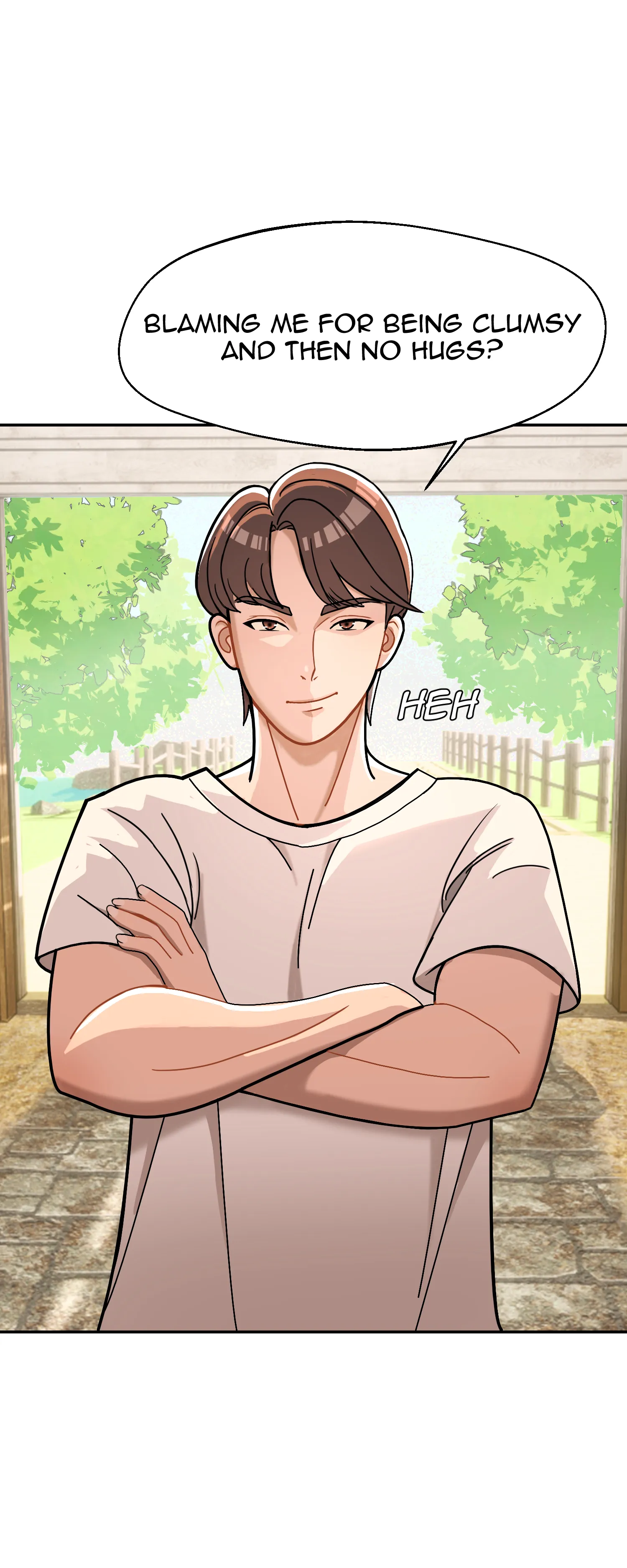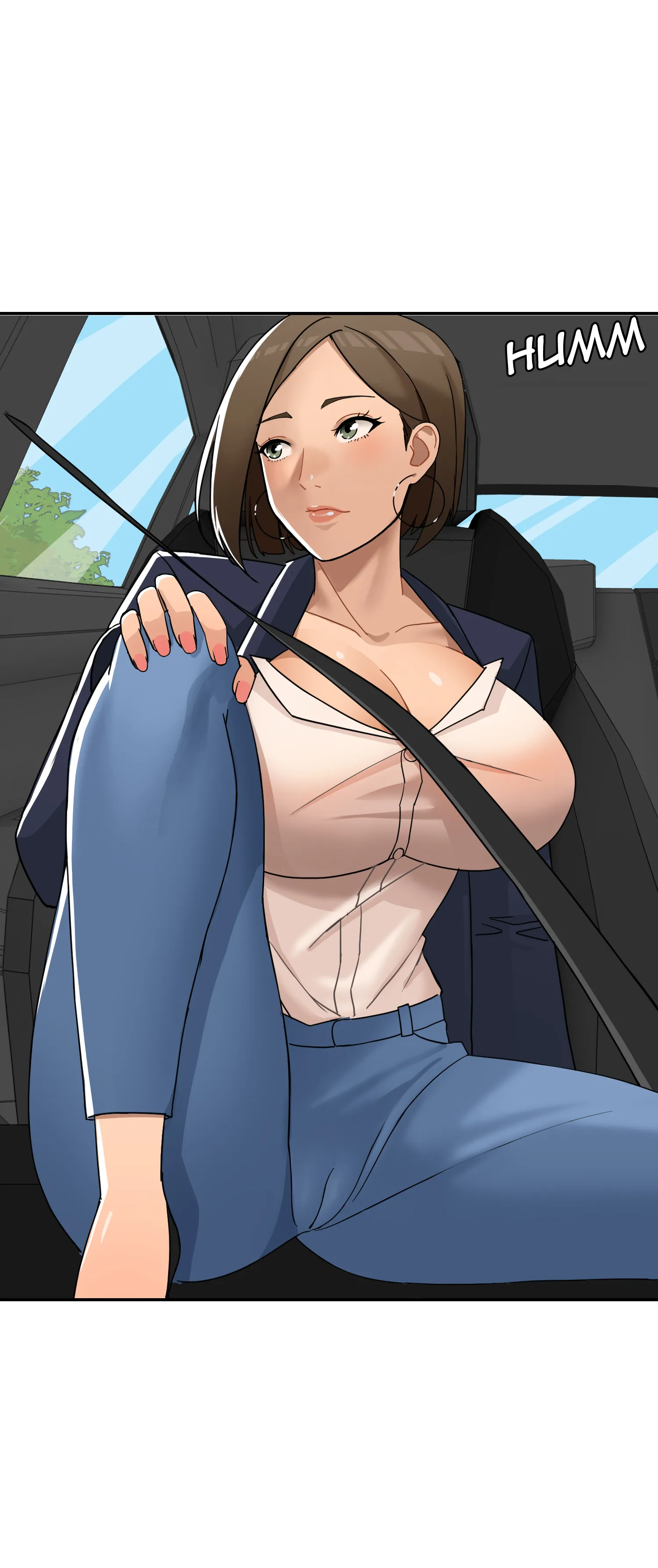Teach Me First Honey Too: Your Guide To Asking For Personal Guidance
There are moments in life, you know, when a simple phrase captures a really big feeling. It's that quiet wish, a gentle request, to be shown the way before moving ahead. This sentiment, "teach me first honey too," speaks to a fundamental human need, a desire for personal instruction and a bit of helping hand.
This phrase, you know, it’s not just about getting information. It’s more about a personal invitation for someone to share their wisdom, to really take the time to explain things. It suggests a deep need for direct, patient instruction, a kind of one-on-one connection that makes learning feel safe and supportive, too it's almost.
Right now, in our busy lives, finding someone to truly guide us can feel pretty important. Whether it's a new skill or a complex idea, the wish to be taught properly, with care and attention, remains very strong. This article explores that very human desire, offering ways to understand and act on that feeling, that is that.
Table of Contents
- Understanding "Teach Me First Honey Too"
- The Power of Personal Instruction
- Why We Ask for Guidance
- Learning from the Masters: A Look at Mammootty's Journey
- The Art of Imparting Knowledge
- Practical Steps to Seeking Guidance
- FAQs About Asking for Help
- The Journey of Continuous Learning
Understanding "Teach Me First Honey Too"
What Does the Phrase Really Mean?
This phrase, "teach me first honey too," you know, it carries a very special weight. It's not just asking for information, but more like a personal invitation for someone to share their wisdom. It suggests a need for direct, patient instruction, a kind of one-on-one connection that makes learning feel safe and supportive, too it's almost.
When someone says this, they are, in a way, expressing vulnerability and a genuine desire to truly understand something. They are asking for a guide, someone to light the path, before they try to walk it on their own, that is that.
The core of "teach" itself, as we see from its definitions, means to cause someone to acquire knowledge or a particular skill. It's about helping others learn, about showing or explaining things, rather than just telling them what to do. This personal touch is what the phrase really wants, in some respects.
It's about having someone explain how to do something, or how to think about a subject. It's not just about getting facts, but about getting the method, the process, the way of seeing things. This kind of instruction helps people learn deeply, more or less.
The request implies a trust in the teacher, a belief that they possess the skill or insight needed. It’s a humble acknowledgment of one’s own current lack of knowledge, and a sincere plea for help to bridge that gap, nearly.
For example, if you wanted to understand the intricate rhythms of "Raveendrasangeetham," the beautiful music of Raveendran, you might feel this way. You’d want someone to sit with you, explain the nuances, and help you truly hear the magic, almost.
Why This Phrase Resonates with Many
Many people feel this way, you know, when facing something new or challenging. It could be learning a new skill at work, understanding a complex personal situation, or even trying to grasp the nuances of something like "Raveendrasangeetham" – the beautiful music of Raveendran, which, quite honestly, needs a careful ear. They want to be taught, not just told to figure it out, more or less.
It's a call for mentorship, a quiet request for someone to take the time to instruct them properly. This feeling, it seems, comes from a place of wanting to do things right, to truly absorb the lesson, not just skim the surface, nearly.
The "honey too" part, you see, adds a layer of warmth and affection, making the request even more gentle and personal. It suggests a bond of trust, a feeling of comfort with the person they are asking for help from, almost.
This resonates because, frankly, we all encounter things that feel beyond our current grasp. Whether it's learning to code, understanding a new policy, or even just how to best support a friend, sometimes we just need someone to walk us through it, step by step, virtually.
The desire for this kind of specific, caring instruction is a very human trait. It speaks to our need for connection and our wish to grow, to become more capable, apparently.
It's a recognition that some knowledge is best passed on through direct interaction, through demonstration and patient explanation. This is how many of us truly learn and make new things our own, seemingly.
The Power of Personal Instruction
The Value of One-on-One Learning
Personal instruction, like what "teach me first honey too" asks for, is incredibly powerful, you know. It allows for direct feedback, for questions to be asked and answered right away, and for lessons to be adjusted to suit the individual learner, very, very.
Think about how someone might learn to play a musical instrument, or perhaps, how an actor like Mammootty, with his career spanning over three decades and 350 films, learned his craft. It wasn't just by reading books; it was through guidance, practice, and likely, a lot of personal instruction, a bit.
This kind of teaching, it really makes a difference. It's about showing someone how to paint, or how to understand a complex piece of music, not just giving them a brush or a song list. It's about imparting knowledge and skill in a way that truly sticks, so.
One-on-one learning provides a safe space for making mistakes and learning from them. There’s no pressure of a large group, which can sometimes make people hesitant to speak up or ask for clarification, in

Honeytoon - "Teach Me First!", "Ep #2"

Honeytoon - "Teach Me First!", "Ep #1"

Teach Me First: Unlock Your Free Updated Honeytoon Webtoon Adventures